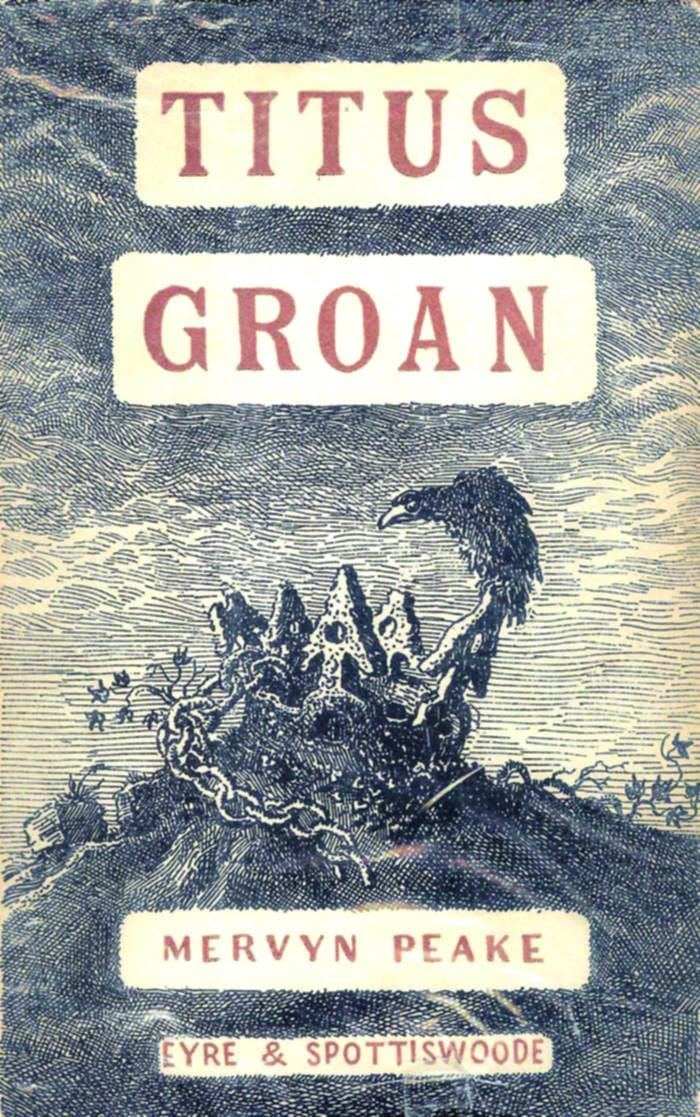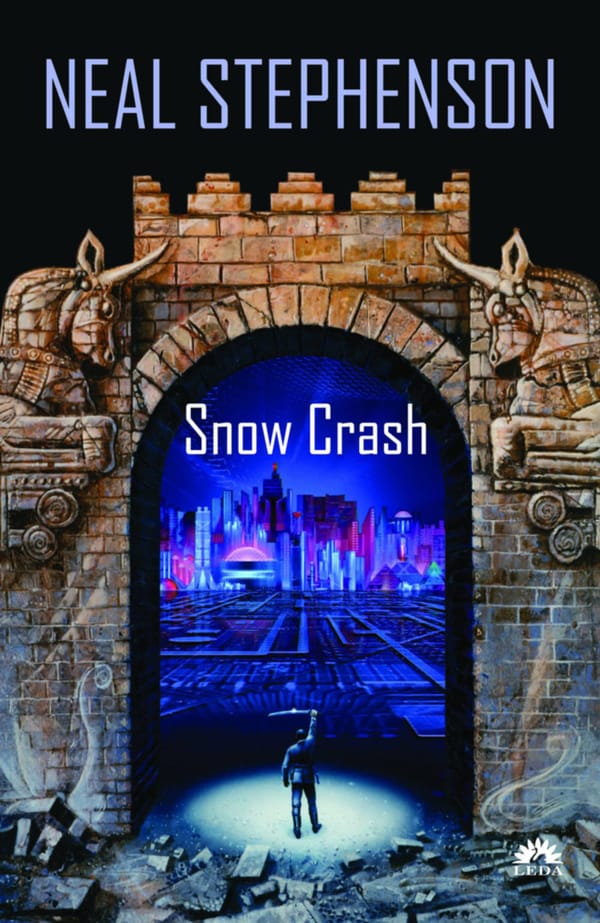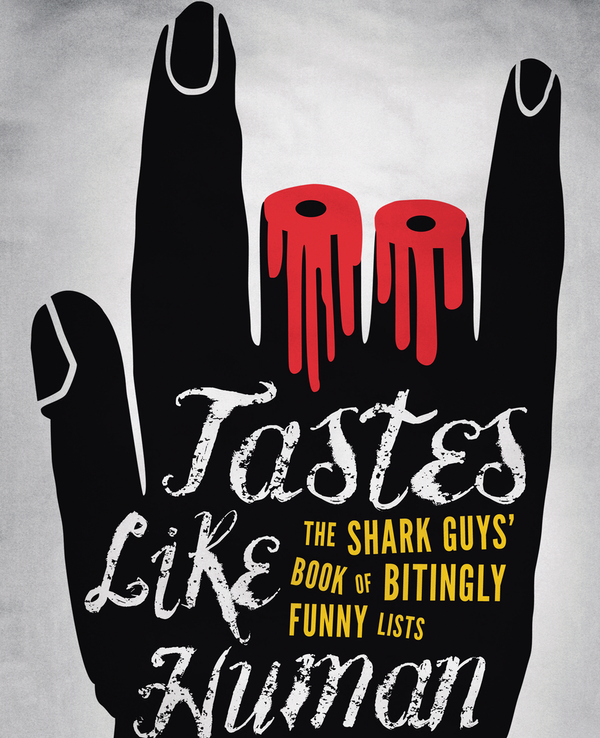The Gormenghast Trilogy
Maciej Matuszewski looks back at Mervyn Peake’s gothic masterpiece

How do I describe a work like Mervyn Peake’s Gormenghast Trilogy? The series, by its very nature, seems to resist description. While often classed as fantasy, and while it is clear that Peake has been a massive inspiration to later fantasy authors like China Miéville, I tend to reject this label. The _Gormenghast _books are a truly unique creation, in a genre of their own – I have never read anything else like them.
The first two novels, Titus Groan and Gormenghast, are set in the sprawling, crumbling castle of Gormenghast itself. Situated at the base of Gormenghast Mountain it is, apart from the small mud hut village that clings to its walls, the only human habitation visible as far as the eye can see. This is a setting without magic, elves or dragons. On the face of it the books could be taking place in our world but there is something brilliantly, gothically, subtly off about the castle’s perpetual isolation and the behaviour of its denizens.
The plot is slow paced and, while compelling in itself, its main purpose is to shine a light on the workings of the ancient citadel.
A vast cast of richly drawn characters populates the books yet they are not the real focus of the series. From the depressed Lord Sepluchrave, the 76th Earl of Groan, whose only solace in life is his vast library; to his son Titus, who longs for freedom and a life outside of Gormenghast; to the ambitious and ruthless servant Steerpike – everyone’s lives are irrevocably shaped by the castle itself.
This is not a book for those who like fast paced action and adventure. The plot is slow paced and, while compelling in itself, its main purpose is to shine a light on the workings of the ancient, in large parts unexplored citadel, and the seemingly senseless rituals that surround it. We never do find out who build it or how it got in its present state is but, what is far more important, we do get a feel of the atmosphere and its soul.
Peake was also a master illustrator, with his drawings for Alice in Wonderland having been universally praised. His work for Gormenghast is even better – the books are greatly enriched by his beautiful, atmospheric line drawings. Rarely have I seen pictures that complement the feel of the novel so well.
The third book, Titus Alone, focuses on the eponymous protagonist as he finally feels Gormenghast and sets out into the world. This he finds to be a strange place, ruled by rational but cold and dispassionate science. The main conflict of the novel is that between this harsh modern world and the oppresive tradition of Gormenghast.
Peake was also a master illustrator and the books are greatly enriched by his beautiful, atmospheric line drawings.
This is noticeably the weakest book in the series. While I was certainly perturbed by his repeated depiction of scientists as immoral the main criticism that I have to level at Titus Alone is that, now that we have moved away from Gormenghast castle, there seems to have been a loss of focus. In many places it unclear what the author is trying to say or where the novel is leading us. The book, unfortunately, shows clear signs having been written during the long illness that eventually claimed Peake’s life.
There are, however, still flashes of brilliance. Despite the new setting Peake, for the most part, manages to maintain the timeless, otherworldly, gothic feel of his previous work. The cruel and macabre theatrical recreation of Titus’ life in Gormenghast set up by the self-centred Cheeta in an attempt to punish him for rejecting her is executed perfectly. The novel is worth reading for the poignant final chapter itself, which has a wonderful sense of closure, with Titus finally managing to reconcile his rigid, rule bound upbringing in the castle with his desire for freedom, while leaving the door wide open for the sequels that Peake never managed to write.
While I usually don’t make recommendations about specific publishers, in this case I would strongly advise against purchasing the omnibus editions of the trilogy published by Vintage. The countless typographical errors are tantamount to sacrilege against such a great classic. While some errors will always slip through their sheer number here makes it clear that nobody even bothered to do a proof read before publication. While the editions remain readable you’ll have a far more pleasurable experience if you buy the individual volumes of the series seperately, since for these, at least, the publishers seem to have actually done their job properly.







